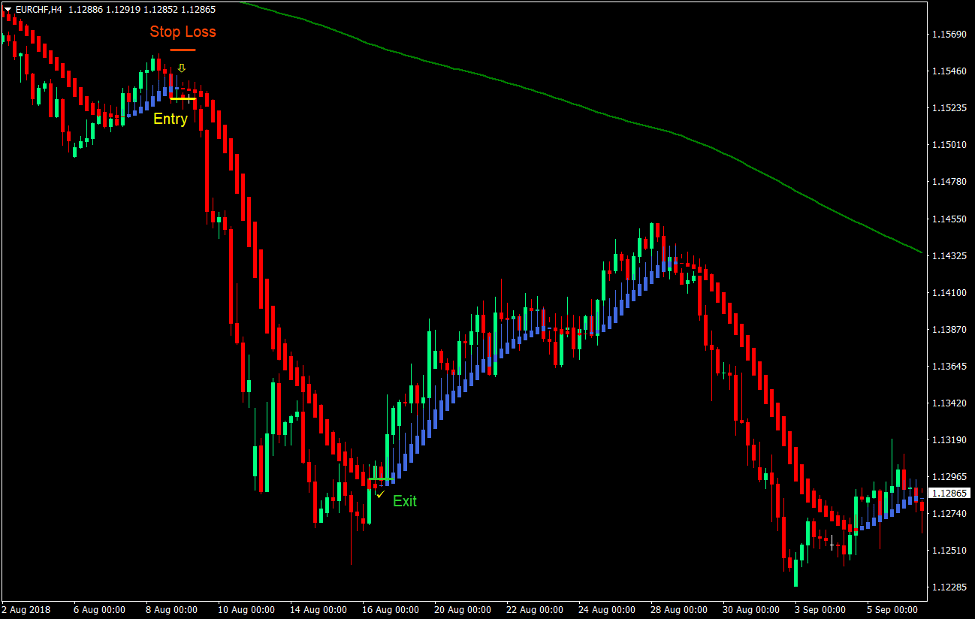Introduction: Successful Forex trading often requires more than just technical analysis and market knowledge. Forex trading signals play a crucial role in helping traders make informed decisions and achieve profitable trades. In this guide, we’ll delve into the significance of Forex trading signals and how they can be used effectively to enhance your trading performance.
1. What Are Forex Trading Signals? Forex trading signals are indicators or suggestions that provide insights into potential trading opportunities. These signals can be generated through various methods, including technical analysis, fundamental analysis, and expert insights. They serve as a roadmap, helping traders navigate the complex Forex market.
2. The Importance of Reliable Signals: Reliable and accurate trading signals are vital for making profitable trades. Subscribing to a reputable signal service or using well-established signal providers can significantly improve your chances of success. Choose signal providers with a track record of accuracy and transparency.
3. Types of Trading Signals: There are different types of Forex trading signals, including:
- Technical Signals: Generated based on technical analysis indicators and chart patterns.
- Fundamental Signals: Derived from economic news and events that can impact currency values.
- Sentiment Signals: Reflecting market sentiment and trader positioning.
4. Signal Confirmation: While trading signals can be valuable, it’s essential to confirm them through your analysis. Don’t rely solely on signals; use them as a part of your decision-making process. A combination of signals and your analysis can be a powerful strategy.
5. Risk Management: When using trading signals, risk management is crucial. Set appropriate stop-loss and take-profit levels based on your risk tolerance and the signals provided. Never risk more than you can afford to lose on a single trade.
6. Subscribing to Signal Services: Many Forex brokers and independent signal providers offer subscription-based services. These services provide daily or real-time trading signals. Ensure that the service you choose aligns with your trading style and objectives.
7. Backtesting Signals: Before using any signal service, consider backtesting the signals on historical data to evaluate their past performance. This can give you an idea of their reliability.
8. Combining Signals with Analysis: To increase the accuracy of your trades, combine signals with your analysis techniques. This comprehensive approach can provide a more complete picture of the market.
9. Continuous Learning: The Forex market is dynamic, and trading conditions can change rapidly. Stay updated with the latest signal strategies and market trends through reputable Forex websites like FX Bankroll.
Conclusion: Forex trading signals are valuable tools that can help traders make informed decisions and achieve profitable trades. However, it’s essential to use signals wisely, confirm them through analysis, and practice proper risk management. By incorporating reliable signals into your trading strategy and continuously honing your skills, you can increase your chances of success in the competitive world of Forex trading.

